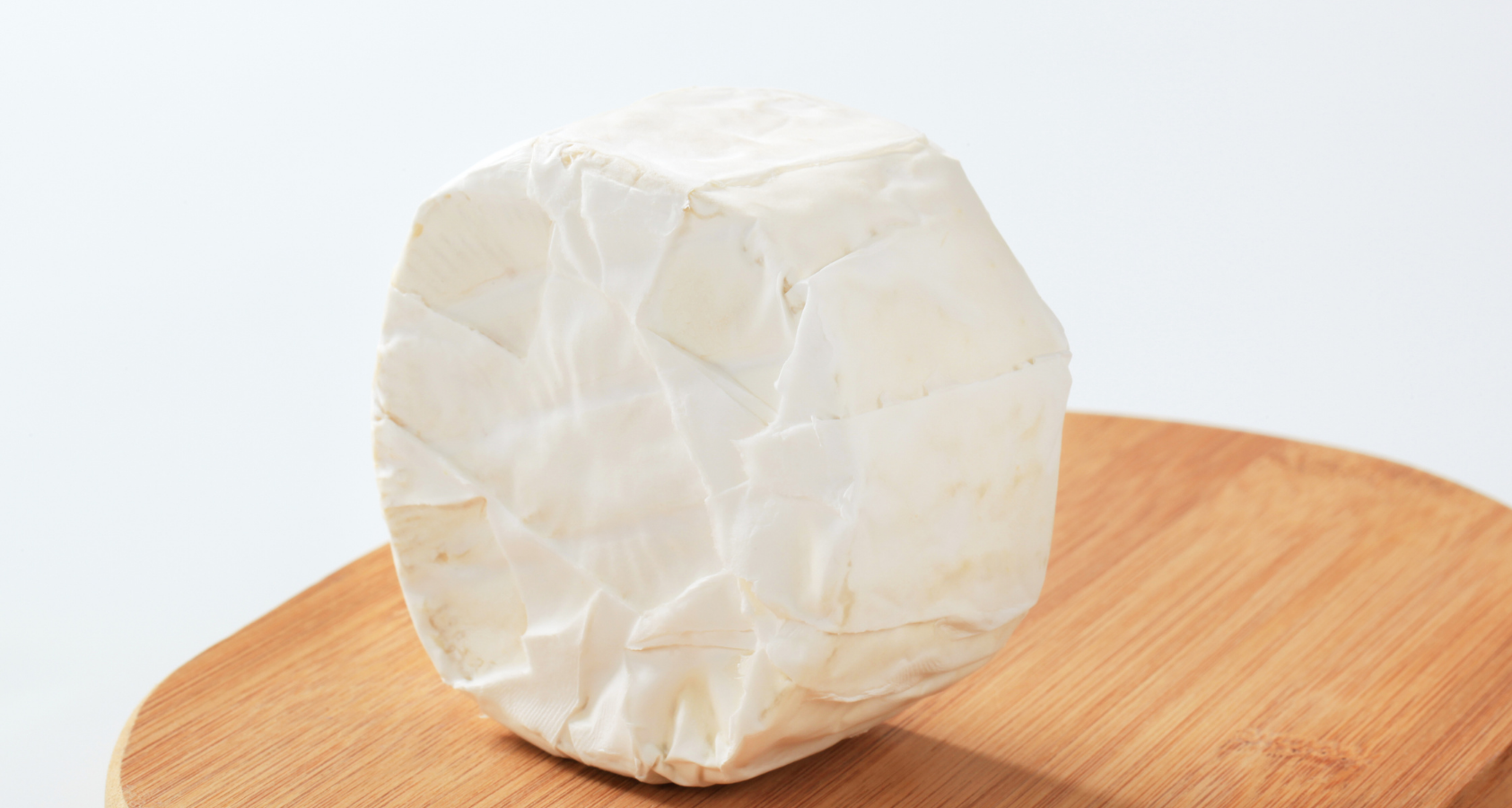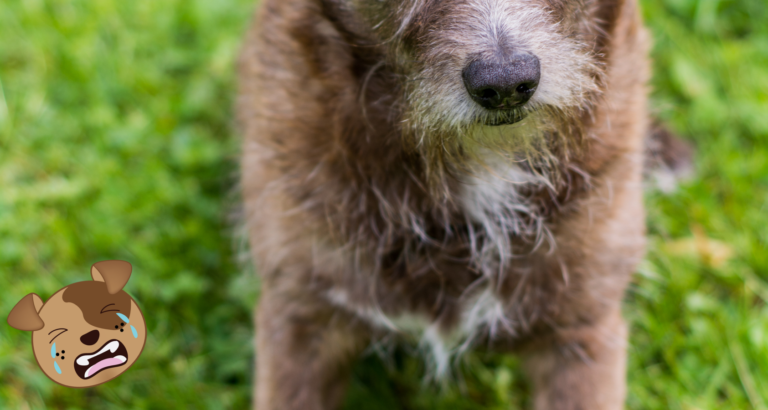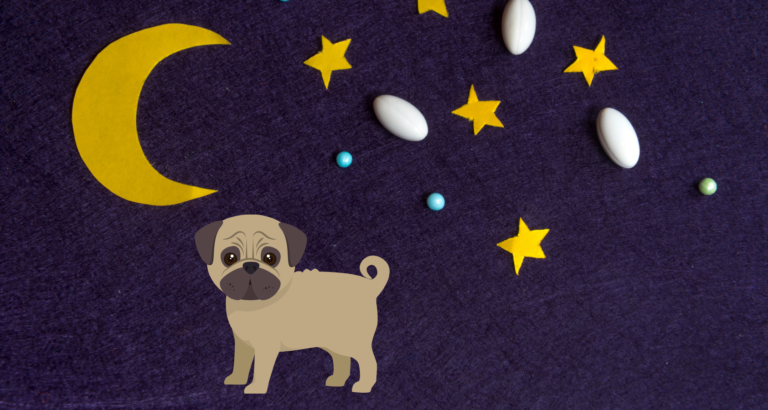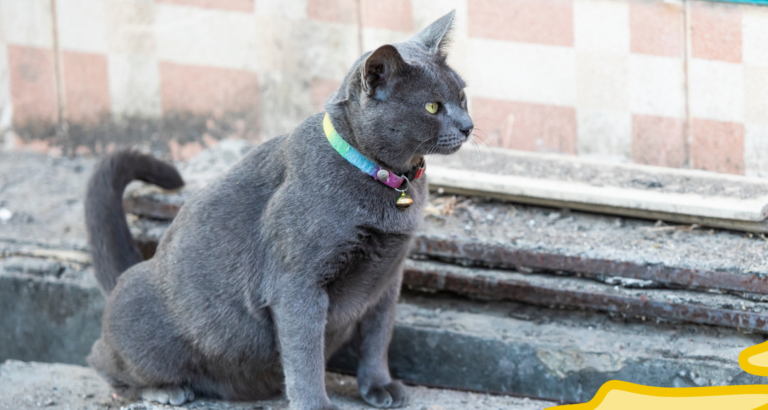Can Dogs Eat Brie Rind? This You Need to Know!
Last updated on March 22nd, 2023 at 05:06 pm
Reading Time: 3 minutesThis post may contain affiliate links. If you click and buy we may make a commission, at no additional charge to you.
Can Dogs Eat Brie Rind?
The rind is basically a layer of a white color mold, “Penicillium camemberti” that gives the cheese its characteristic texture and flavor. The rind is edible not only for humans but also for dogs. Brie rinds come in various forms, depending on the process used to make them.
Every time you are eating brie cheese or rind, and see your dog staring longingly, and greedily at that brie rind you may wonder “should I share this brie rind with my canine friend or not? You are not alone; almost every dog lover faces such a situation. However, before sharing brie rind to your dog’s diet, it’s a good idea to educate yourself on the subject. Keep reading this article to get answers to the majority of your questions.
Can Dogs Have Brie Rind?
The short answer is “Yes” Dogs can eat brie rinds. But not all types of brie rinds are safe for dogs as some types of the rind can cause specific reactions to dogs. Rind on some cheese like blue cheese has mold that is harmful to dogs. However, the Parmesan Brie is beneficial for dogs, and it has been observed that dogs enjoy chewing on parmesan brie rinds, which also strengthens their canine.
How Often Can Dogs Eat Brie Rinds?
Although brie rind is a good source of calcium and vitamin A, you should not make it a part of the regular diet. We have many other highly nutritious foods available that have much more benefits than brie rind, so always offer your dog only as a treat occasionally.
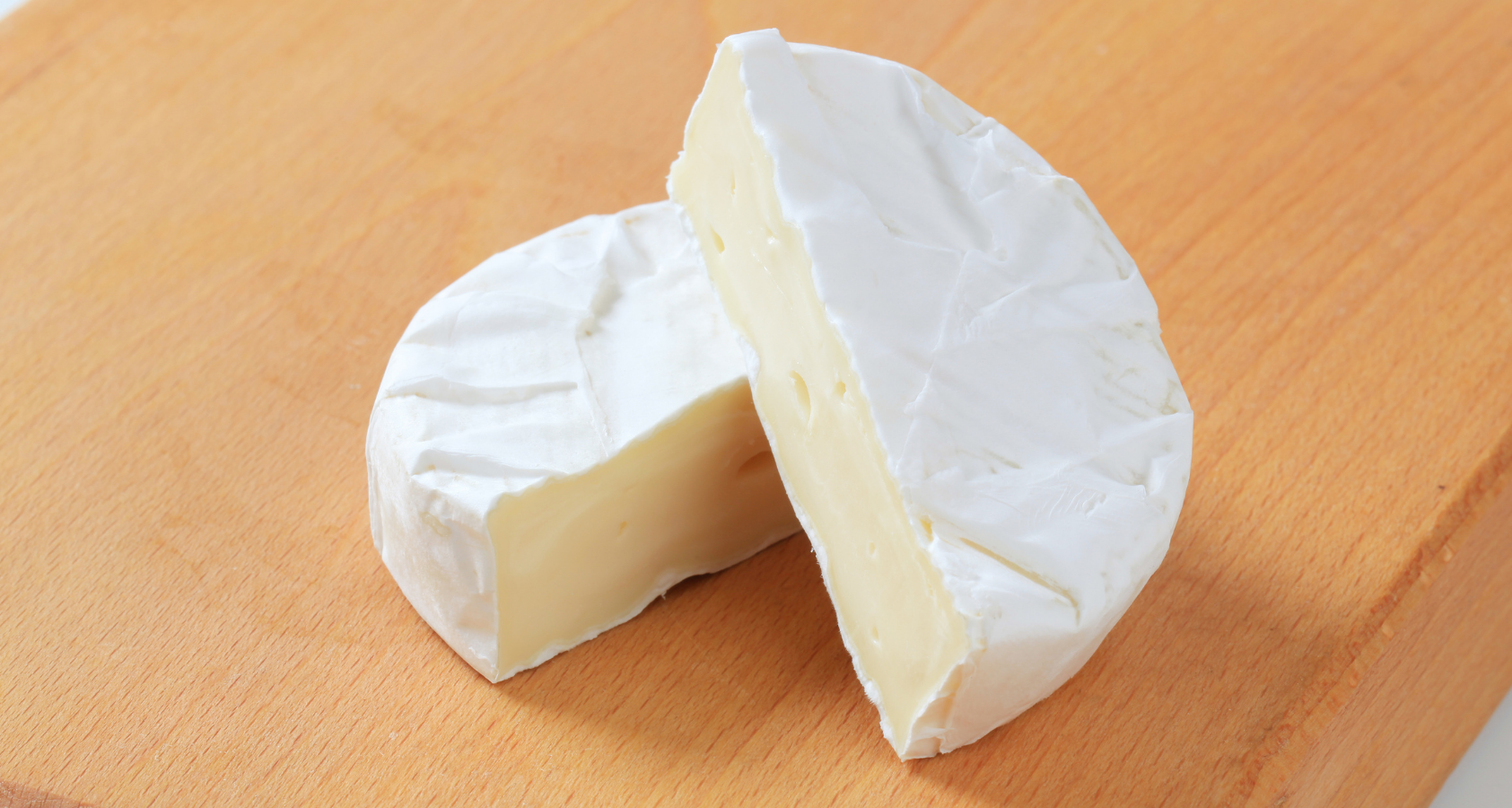
Use-Full Tips About Feeding Your Dog Brie Rind.
- As every dog is different, so are his requirements, and your vet is the best person to tell whether brie rind is safe for your canine friend or not.
- Always check the label to see the additional ingredients because some herbs (like onion and garlic) are toxic for dogs. So if such herbs are added, do not feed this to your dog.
- Make sure that it is not spoiled or expired.
- The physical status of the dog is also crucial. If your dog is pregnant or has some underlying medical condition, consult your vet before feeding brie rind.
- If you are offering brie rind to your dog for the first time, give a small amount and keep an eye on your dog for up to 12 hours after feeding. If your dog shows any of the following signs, contact your vet immediately and don’t offer it again.
Following Signs:
- Vomiting
- Increased water intake
- Decrease in appetite
- Loose stools or diarrhea
- Bloating
- Gas
- Abdominal pain
- Abdominal discomfort
Just like brie cheese, rind also has a lot of salt and fat, so it’s better to feed in a small amount and don’t feed very often.
Overfeeding can lead to digestive disturbance, obesity, or Pancreatitis.
Although it is very difficult to completely separate the cheese from the rind, before feeding your dog brie, make sure to remove as much cheese as possible from the rind to minimize the fat contents.
How Do You Know If Your Brie Has Spoiled?
The bloom should be mostly white with a powdery appearance. If the rind appears grey or flaky in general, the cheese has most likely begun to spoil and should not be consumed. While some darker spots are acceptable, if mold is present, the cheese should not be consumed.
Conclusion
Although dogs love a lot to eat brie rind, and you as a dog lover will try to feed him everything he likes. But being a responsible pet owner, you have to offer them only those food items that are good for them, and up to the extent they can tolerate easily.
About The Author
I'm a content writer and researcher. But bottom line, I loveee animals. I had my first animal which was a guinea pig at age 8. Later had a bunny, dog and a lot, a lot of fish. Writing about what I know about pets will allow me to share my knowledge and love for them with everyone else. Dealing with dogs my entire life, I know a lot.

